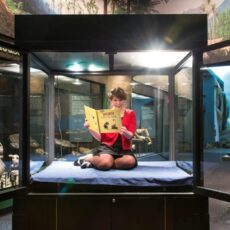Adriana Ayers
I’m fascinated by material culture, film history, women & war. My days at the museum are filled with observations, interpretations & curiosities. Comic books & coffee occupy my free time.
Playlists
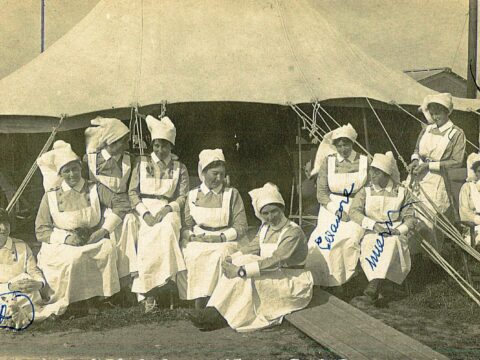
Turning Primary Sources into Plays
It is over 100 years since the outbreak of the Great War. How do we now construct an understanding of what occurred and how do can we know the issues British Colombians faced both at home and on the Front? The Call Went Out is a theatrical piece based on letters from BC soldiers about their experiences and this…

Nature through the Lens
Photography is a multifaceted form of expression. It is not only an illustration of the artistic self, photography is important in many segments of science. Photos can document an astronaut's visit to the moon, unique weather patterns, a colourful fish, or your family vacation. How can you use photography to learn more about the world around you?
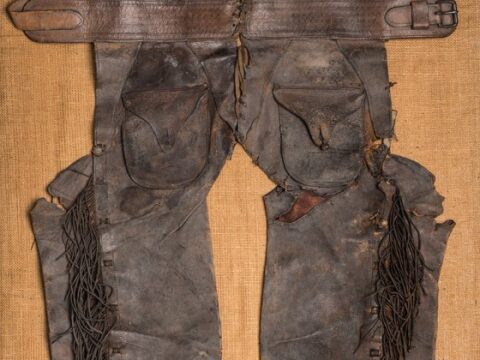
Wearable Artifacts
Artifacts are objects that have been created, modified, used or moved by people. Clothing is an excellent artifact to analyze, compare and contrast. Regardless of time or place, clothing has been made and worn based on many factors: environment, religion, cultural identity, personal style...whatever the reason, our clothing says a lot about us!
Entries


1In 1 playlists
We can learn about the past in many ways. This lesson plan has been developed to engage students in inquiry-based learning and offer an opportunity to analyze primary sources without leaving the classroom. Primary sources are original, first-hand accounts of the past and can take many forms. Use this guide to help explore primary sources!

1In 1 playlists
Throughout the month of November, Story Theatre Company will be taking audiences on a theatrical journey back to the early years
of the First World War. The production uses letters from the front, music of the era, and other archival material
from the Royal BC Museum. After the show, actors will stay in costume and encourage audience interaction.

The Canadian War Museum has created a visually stunning website chronicling the Canada during the War. The site is easy to navigate and takes you step-by-step in chronological order the events before, during, and after the Great War. It also features specific artifacts from the Museum's collection and lesson plans relevant to different grades.
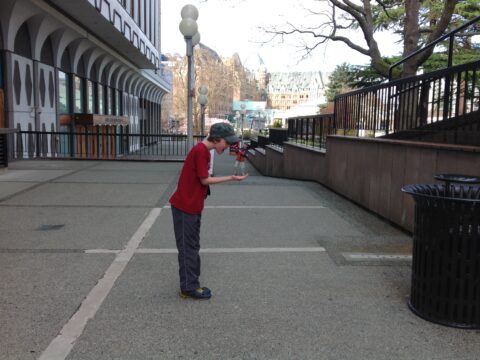
1In 1 playlists
Forced Perspective is a fun photo trick with or without nature! It's an optical illusion to make an object appear farther away, closer, smaller or larger than it really is. We tried it out during our spring break camp last year and had a lot of fun. How do you think these two boys made their photo? Why not try out forced perspective for yourself!

1In 1 playlists
Students who participate in this program will have access to dive deep into the Museum's temporary exhibit gallery Wildlife Photographer of the Year. Students will be encouraged to ask questions and think critically about what makes a great photograph and learn how to compose a great shot of their own.
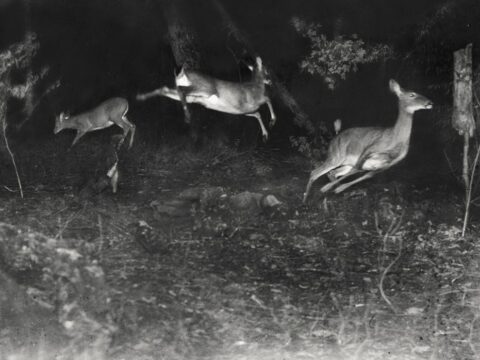
1In 1 playlists
The magazine National Geographic is known for its stunning images of the world around us. But did you know the first wildlife photographs were not featured until the July 1906 issue? The single-article issue titled "Hunting Wild Game With Flashlight and Camera" featured 74 wildlife photographs taken by George Shiras III.

1In 1 playlists
In 2013, BC's Connor Stefanison won the Eric Hosking Portfolio Award for his outstanding collection of wildlife photography. The interview also features the 14-year-old Udayan Rao Pawar who won that year's Young Wildlife Photographer Award. In this video, both photographers share their experiences and techniques for taking a winning photo.
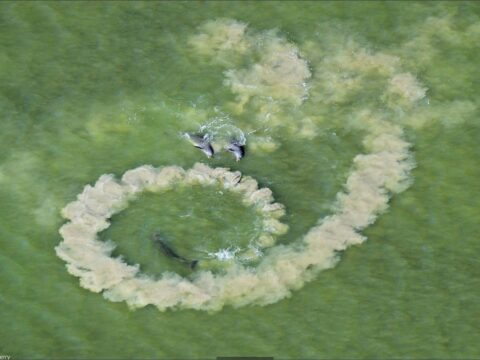
1In 1 playlists
Wildlife photography is not just about taking the perfect shot, it can also be used to help scientists and researchers learn more about animals and how they interact with their environment. What can we learn about Bottlenose Dolphins from looking at this photo? What do you think is happening in this photo?

1In 1 playlists
Today we benefit from the simplicity and ease of digital photography. Point and shoot cameras are in almost every pocket and purse, but how do they actually work? This video takes apart the camera and let's us peak inside. Think about all the different technological advancements that had to come about in order for us to take the perfect shot.

1In 1 playlists
Before the camera as we know it today, there was the the Camera Obscura, meaning dark room in Latin. These Camera's can be as big as your house or as small as a match box. All a Camera Obscura needs to work is complete darkness and a small hole. Watch this video tutorial to see how you could turn your bedroom into the earliest camera!

1In 1 playlists
Students who participate in this program will have access to the Museum's handling collection and learn how to read objects from BC's past. Students will be encouraged to ask questions and think critically about how museums work and whose stories are being told through the millions of artifacts in the collection.
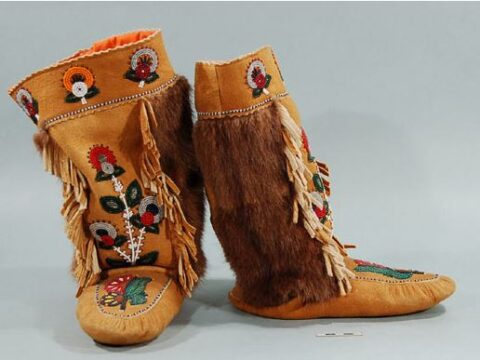
1In 1 playlists
These mukluks are from the Yukon and made of moose-hide and fur. The environment of a person can influence the objects they create, wear or use. What can we learn about the person who made or wore these shoes? What can we learn about that person's environment? What are the differences between these shoes and the rainbow flats?
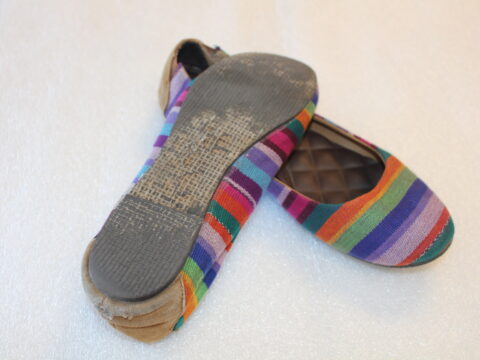
1In 1 playlists
Artifacts can help explain how people lived in the past, but they can also be used to understand how people live today. What can you learn about me by looking at my shoes? Why did you choose the clothes you're wearing? Does your choice of clothes reflect your identity? Compare my shoes to others on the playlist. Notice any similarities?

1In 1 playlists
The Delineator was a popular fashion journal, published by the Butterick Pattern Company. Not only did it keep its readers up to date on all things in vogue, it also offered clothing patterns that could be ordered by mail. What can we learn about Canadian life in 1890 by looking through the pages of this magazine? Source: Canadian Museum of History

1In 1 playlists
Watch Textile Conservator Colleen Wilson talk about how much time and effort goes into taking care of the Royal BC Museum's clothing and textile collection. There are still many questions Colleen ponders about this artifact. Who do you think the dress originally belonged to? Click here to see a full image of the dress.
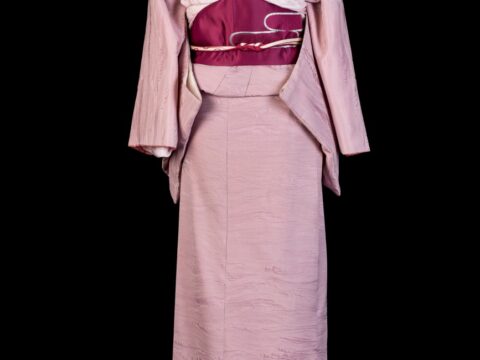
1In 1 playlists
This silk kimono set was donated to the Royal BC Museum by its owner, Akiko Kamitakahara. Just by looking at this garment, what can we learn about Japanese Canadian history? Where could we look to learn more about the cultural significance of this garment? What do the clothes you wear suggest about your cultural identity?

1In 1 playlists
These leather chaps belonged to a ranch hand named John P. Watson from Hedley, BC. What can you learn about this artifact just by looking at it? What can you learn about the person who wore it? Compare this garment to the others on the playlist. What differences do you notice? Are there any similarities?

